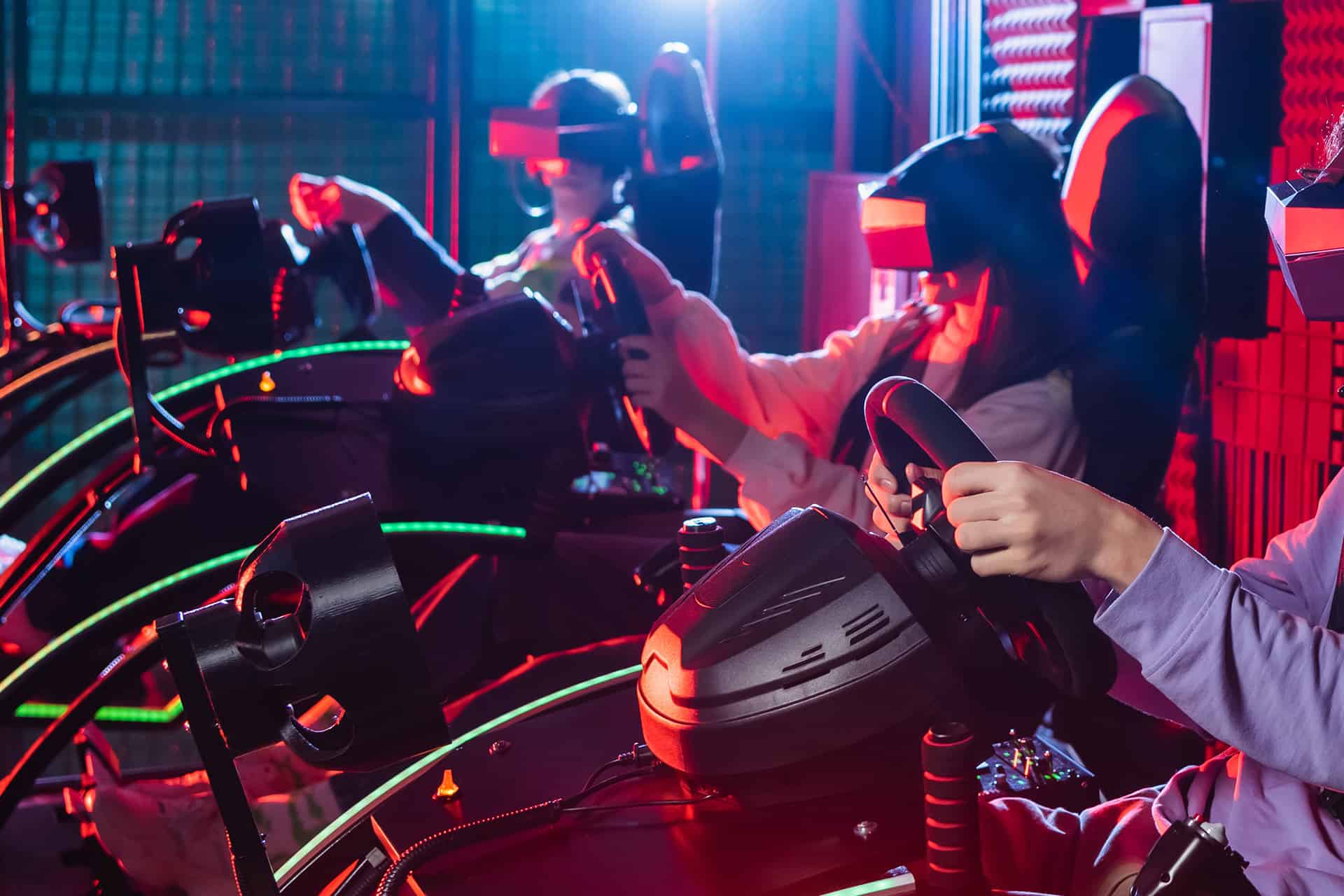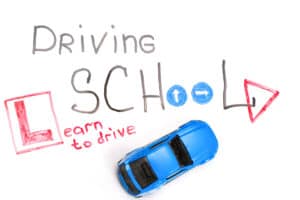Learning to drive can be an exciting, yet daunting process. Knowing the rules of the road and understanding how a car works is essential for safely maneuvering your vehicle – but it may not always be easy. Enter Car Driving School Simulators – software applications which use computer-generated graphics, real-life scenarios, and simulations to help you learn how to become a responsible driver from the comfort of your own home or classroom. In this blogpost we’ll explore the pros and cons of using such virtual driving simulators in order to get up-to-speed on navigating streets and highways with ease. Read on for more information about these learning tools so that you can decide if incorporating them into your driver education program makes sense!
Overview of car driving school simulator technology
With the rise of car driving simulator technology, drivers are now able to train for dangerous roads, unfamiliar terrain and even multiple vehicle types all from the comfort of their own homes. Car driving school simulators offer amazing benefits when it comes to learning how to drive a car, as users can play in varied and complex environments without having to worry about the risks associated with real life driving. However, if a driver wants to experience a more realistic feeling, traditional driving schools may be better suited for teaching the skills he or she needs for everyday life. Although simulator technology is invaluable when it comes to learning about different kinds of cars and road mechanics, it fails to provide truly realistic driving experiences like those that come with actual practice on the roads with an instructor present. In short, car driving school simulators are an effective way to learn the fundamentals and master basic tricks of the road, but they can’t always simulate every situation found in real life.
Advantages of using a car driving school simulator
A car driving school simulator offers a variety of advantages over traditional driver’s education courses. For example, since there are no real cars or roads involved, the cost to use this type of simulator is much cheaper than other options. Furthermore, drivers can practice and learn in a safe and controlled environment without the fear of endangering themselves or others. It is also possible to take virtual lessons more quickly than with a live instructor, therefore saving time and money. Finally, students can develop practical skills much faster when using a car driving school simulator because they do not have to follow the same route repeatedly until proficiency is achieved – every lesson is unique and tailored to their skill level. Ultimately, these convenient advantages make a car driving school simulator an excellent choice for those who want an immersive learning experience at an affordable cost.
Disadvantages of using a car driving school simulator
A car driving school simulator may offer some conveniences, but they also come with a few drawbacks. For instance, the simulators do not teach drivers how to react to the unpredictable actions of other motorists in the real world. Since every driver and situation is different, it’s impossible for a simulator to replicate real life with accuracy. Another disadvantage is that simulators are expensive and require dedicated hardware and software while providing very little in return. Drivers may find they do not improve as much or at all compared to actual behind-the-wheel instruction. Finally, the visuals on most simulators aren’t convincing enough to make an impression on drivers; therefore, those who rely heavily on visual cues during training may have difficulty adjusting to reality when actually driving a car.
Tips for getting the most out of a car driving school simulator
If you are thinking about attending a car driving school, then you will certainly benefit from taking the time to familiarize yourself with a car driving simulators. This invaluable tool helps simulate the experience of being behind the wheel of a real car, providing some very useful and sought-after skills. To make sure you get the most out of your simulator time and maximize its educational value, there are several tips worth keeping in mind. First, it’s important to practice the same manoeuvres multiple times in order to truly master them. Additionally, take ample time to review all terminology and language used in regards to driving and maintain focus during each session. Last but not least, use your simulator as an opportunity to ask questions freely and discover more about driving in general – this will ensure that you have no unanswered questions when it comes to driving on real roads!
Comparison between real-life experiences and learning with a car driving school simulator
Comparing learning car-driving with a simulator versus real life experiences can be like comparing apples to oranges. While a simulator gives students the opportunity to safely practice driving skills on the virtual road, it will never recapitulate the physical motions involved in actual driving. Simulations are fantastic tools for instruction and reinforcement, but there’s no substituting for the experience of actually being behind the wheel in real traffic. In this sense, a car driving school simulator is great for drilling basic maneuvers such as turns and stops, but nothing can replicate steering through tight spaces or dealing with rush hour traffic. It’s important to combine theoretical understanding of how to operate a car with practical application, so once students graduate from their simulations they can hit the streets in confidence.
Pros and cons of different types of simulators on the market today
Simulators have become incredibly popular in the recent years and are widely used in several industries. With so many types of simulators on the market, it can be hard to decide which one is right for you. While all offer certain advantages, some may be better suited to specific tasks than others. For example, a car driving school simulator has great functionality when it comes to teaching new drivers how to respond in dangerous situations and anticipating risk factors on the road. On the other hand, other types of simulators are more precision-oriented and designed for diagnosing individual skills such as reaction time or awareness. It is important to carefully consider the pros and cons of each type of simulator before making a decision on which one is best for your needs.
To summarise, the debate on whether or not a car driving school simulator is an effective way to learn how to drive have been well documented. Both sides of the argument have their merits – proponents argue that simulators provide a realistic, safe learning environment while also increasing driver confidence; opponents argue that real-life experience cannot be replicated in simulation and some important skills and behaviours cannot be picked up without actually getting out behind the wheel and testing yourself. Ultimately, the best choice is up to the individual learning. By taking into account their own needs and objectives when it comes to driving skills, one will likely get the most out of their training and ultimately reach safe driving proficiency faster. When used appropriately, simulators are an invaluable resource for today’s learner drivers – no matter their skill level or level of confidence.





